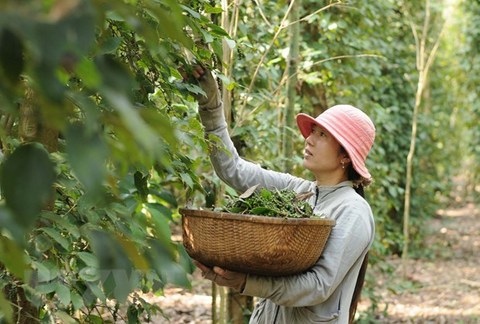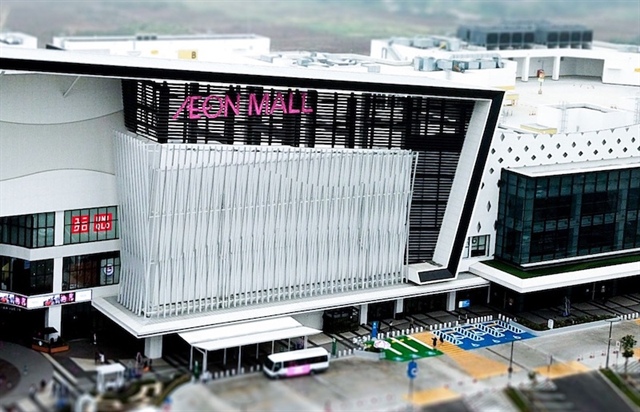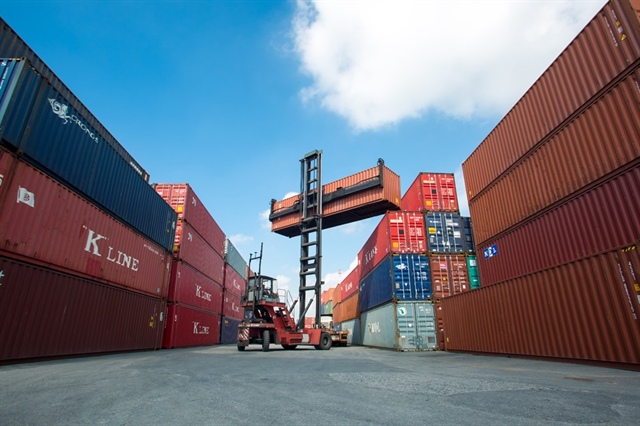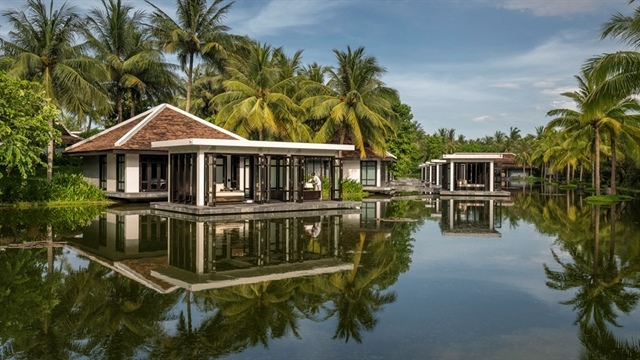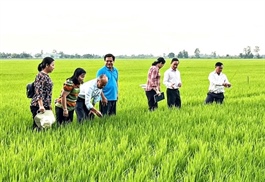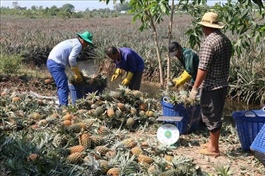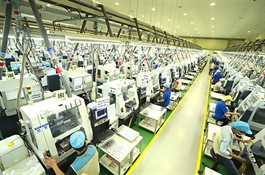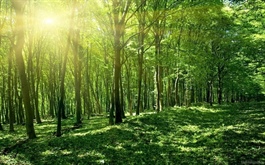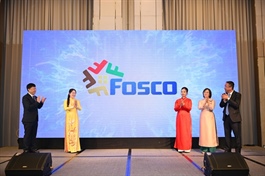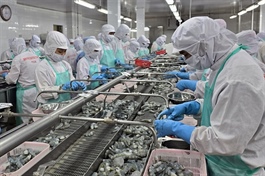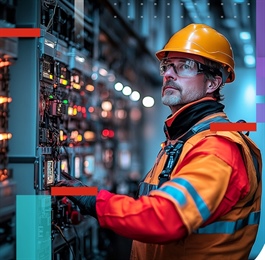Green era calls for policy consistency
Green era calls for policy consistency
Vietnam’s shift towards greener industrial production requires a comprehensive ecosystem to enable the country to embark on a phase of high and sustainable growth.
At last week’s Green Industry Forum in Hanoi, Nguyen Ba Hung, chief economist at the Asian Development Bank (ADB) in Vietnam, said that many countries have already succeeded in pursuing economic growth while cutting emissions.
“This affirms the feasibility of achieving both high growth and emissions reduction,” he said. “We are living in an era of growth. Green development is opening up significant opportunities. However, we must also acknowledge the accompanying risks and challenges.”
Hung questioned whether Vietnam is truly committed to joining this global trend. “By issuing its national strategy on green growth, the government has clearly expressed its intentions. However, to realise them, Vietnam must invest in green technologies, transform its business models, and revise its national growth approach – from enterprise level to macroeconomic scale,” he said.
While some businesses acknowledged the pressure and difficulties of adopting sustainable practices, they also demonstrated pioneering efforts, proactively choosing green transformation as a long-term strategy.
Nguyen Thi Phuong Thao, sales director at Garment 10 Corporation JSC, said the company embarked on its sustainability journey due to market demands and Vietnam’s net-zero commitment by 2050, as well as by the internal awareness of businesses.
“Without green transformation, it is difficult to integrate internationally and maintain our position in the global supply chain. Moreover, corporate responsibility for the environment and society is essential,” Thao said.
In the steel sector, Pham Cong Thao, deputy general director of VnSteel, noted that export markets were likely to exert the greatest pressure for change.
Vietnam currently exports around 13 million tonnes of steel annually, with 40 per cent going to developed economies – approximately 27 per cent to the EU and 13 per cent to the United States.
“The EU has implemented strict rules on imports, such as the Carbon Border Adjustment Mechanism, which will take effect in 2026. Only businesses that comply will be able to compete. Those that do not will have to find new markets,” he said.
He added that government regulations were also intensifying pressure on businesses to transition. In the plastics industry, Hoang Duc Vuong, chairman of VietCycle, said that exported plastic products must now contain at least 30 per cent recycled materials, a figure that will rise to 35 per cent by 2028. “In particular, plastic products like garbage bags exported to the EU must contain up to 70 per cent recycled plastic pellets. To meet this, the plastics industry must adapt and invest in upgrading its technology,” Vuong said.
As a result of such pressures, several companies have already begun their transition. Nguyen Thi Phuong Thao of Garment 10 described the corporation’s five-year green journey, which started with sourcing sustainable materials such as organic cotton and recycled inputs.
“We have invested in rooftop solar systems that generate millions of kilowatt-hours, and we have replaced coal-fired boilers with biomass alternatives, reducing thousands of tonnes of CO2 emissions annually,” she said.
Nguyen Phuong Nga, deputy general director of CNCTech Group, said over 70 per cent of the group’s partners come from markets with strict environmental standards, making compliance essential for securing its role in the global supply chain.
“Green transformation is a prerequisite for attracting high-quality investors from Europe and the United States. To welcome these global players, we need smart, green industrial parks and fully integrated ecological zones,” she said.
“Green growth has a direct impact on a business’s strategy. By investing early in both technology and infrastructure, and maintaining a long-term vision, companies can reduce production costs and meet their partners’ standards,” Nga added. “Sustainability today is not only about environmental responsibility – it is also key to securing a place in global supply chains.”
On a macroeconomic level, Hung from the ADB noted that traditional economic growth was once associated with greater resource exploitation and environmental degradation – a model no longer sustainable given its long-term costs.
“The goal of green growth is to maintain high economic expansion while progressively reducing resource consumption and limiting environmental damage,” he said. “For instance, even if the economy doubles in size, the increase in resource use should be limited to 20–30 per cent, thanks to improved technology, production innovation, and greater efficiency.”
He described this as a shift from a linear growth model to a circular economy, from development involving trade-offs to development without trade-offs.
“From an environmental perspective, this new growth approach allows not only for damage mitigation but also for positive environmental contributions, such as through waste treatment and reduced air pollution using green technologies,” he said.
Hung concluded that once an economy crosses the transition threshold, it can simultaneously raise incomes and lower environmental impacts, creating a strong foundation for green growth.
“Vietnam is nearing this threshold, entering the upper middle-income stage, with per capita income estimated at $4,000–4,500 per year. This suggests that, with the right policies, technologies, and investment conditions, Vietnam is close to entering a phase of green and sustainable development,” he said.
- 09:00 14/07/2025



